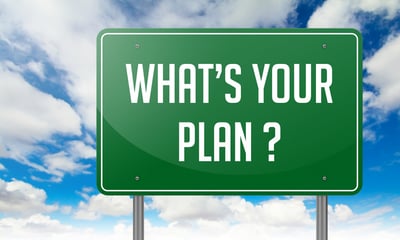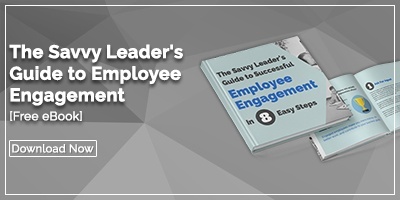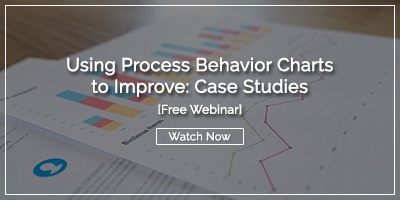 While we are huge fans of standardization and consistency, we understand that each Kaizen event is unique. That’s why we would expect that each event charter has its own nuances that change from one project to the next. However, there are some elements that our clients have found to make the difference between a successful event and one that does not reach the mark.
While we are huge fans of standardization and consistency, we understand that each Kaizen event is unique. That’s why we would expect that each event charter has its own nuances that change from one project to the next. However, there are some elements that our clients have found to make the difference between a successful event and one that does not reach the mark.
Before we get into the specifics of what should be included in the charter document, we’d like to add a note about access. You may have the most complete, and well-written Kaizen event charter on the planet, but it is of no use unless everyone who needs access to it can get to it with ease.
Whether you craft it as a document, use an Excel format, or something else, your improvement management platform is the best place for it to live.
Now on to the must-have components.
The Event Principles: The event principles include the facilitator, the owner of the process to be improved and the executive sponsor for the event. Some organizations use employees to facilitate Kaizen events; others hire a professional consultant.
Additional Team Members: Aside from the principles, the charter should include anyone else who will work on the project. It should always include people who operate the target process. In some cases, the team will consist of subject matter experts and sometimes internal and external customers. It is handy to put everyone’s contact information in the charter for quick reference.
The Scope of the Project: The project scope is a definition of the process to be improved and the boundaries for the event. Scope creep is a big problem during Kaizen events because you will almost always find opportunities for improvement that are outside of the intended bounds. A comprehensive scope definition will help you avoid this. Feel free to include language about what will not be addressed during this event.
The Schedule: The charter will include the number of days that will be devoted to this Kaizen event. It is usually between three and five days. Identify the start and end dates as well as the number of hours that will be devoted to the project and the start time for each day. Other dates to include are the date that you will share the results with the executive sponsor and any other stakeholders. If location information is relevant, you might add it here as well.
Problem Summary: This is perhaps the most essential section of the document. The problem summary documents the reason for this rapid improvement event. It should be focused and specific. Think of it as your justification for bringing a team together, setting aside other work, and tackling a solvable problem.
Improvement Category: We recommend assigning an improvement category for each Kaizen event. This makes it easier for leaders to understand what types of problems the team is addressing with the Kaizen event technique. This data can be added to data about other types of improvement projects to get a picture of continuous improvement in the organization. The categories you choose will depend on your business, but many companies chose groups like safety, customer satisfaction, quality, cost, and efficiency.
Objective: Every event should have at least one, or potentially several measurable goals. Ideally, you’ll have some baseline metric that you are working to improve. That’s how you will define success for your Kaizen event. Decide how the baseline and results will be measured. It is useful to find some way to visualize the current and future states. Process control charts are an excellent way to go.
Required Resources: In this section, the team will list all of the resources that will be needed including budget, equipment, materials, and people. If possible, list the date that each item will be required and quantify the resource.
Potential Roadblocks/Constraints: The more you go into the event with your eyes wide open, the better. Stop at the outset and consider what obstacles are likely to pop up. This way, you can think about solutions and be prepared to adjust.
Other Deliverables: You’ve already identified your objective and the KPIs that will be used for measurement but be sure to include a list of other deliverables that will be produced. For example, you’ll want to include documentation of the event at a minimum. There may also be reports and presentations that become artifacts of your work.
The Day-by-Day Plan: In this section, you’ll map out what you expect to accomplish each day. Day one usually includes mapping the current state. Day 2 is often used for analysis and consideration of possible solutions. (Check out this Kaizen event roadmap for more detail.)
You may have additional information that you want to include in the Kaizen event charter, but as long as you have consensus on at least these elements, you’ll position the team to function smoothly and row in the same direction. Happy improving!




Add a Comment